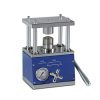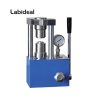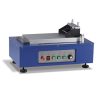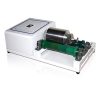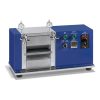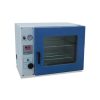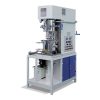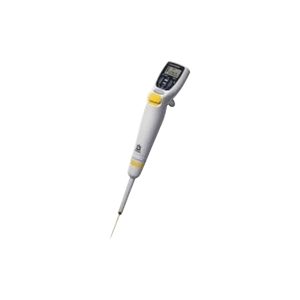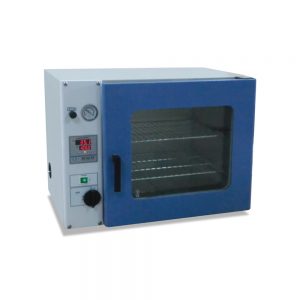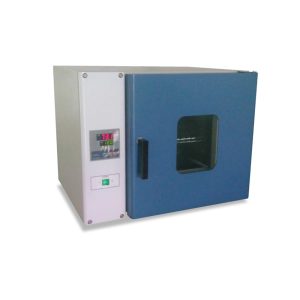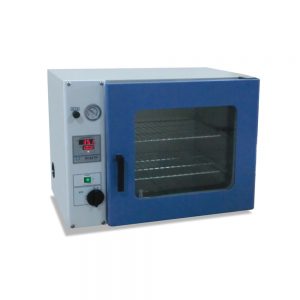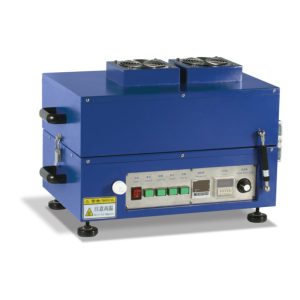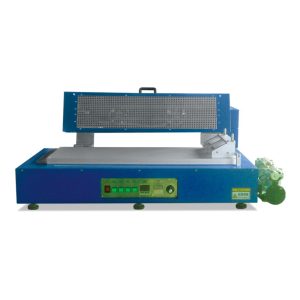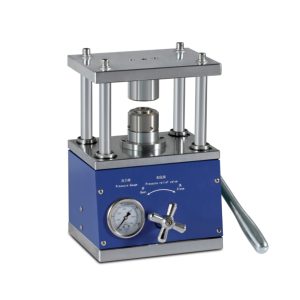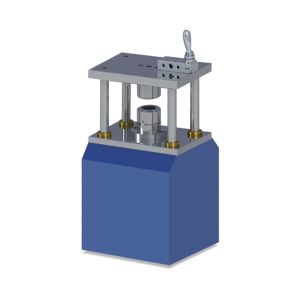Coin Cell Preparation
The development of new positive electrode materials is on route to increase the energy density of lithium-ion batteries (LIBs) for electric vehicle and grid storage applications. The performance of new materials is typically evaluated using handmade half coin cells with the new material as the positive electrode and a piece of lithium foil for the negative. Whereas half coin cells are easy to make and can give reproducible data, they can fail to accurately predict how a material would perform in a full cell. The present work develops methods to prepare full coin cells, using graphite as the negative electrode material. Detailed instructions are provided to enable researchers to prepare their own high quality full coin cells with good reproducibility between cells. The precision of the handmade full coin cells is compared with and found to approach the quality of machine-made, commercially produced full cells. Lithium-ion batteries (LIBs) are widely used in a large variety of consumer products. With the rise in use in electric vehicles and grid storage applications, increasing the energy density of LIBs is a key goal for energy storage researchers. One key approach is to develop new positive electrode materials that have higher specific capacities and/or are stable at higher voltages. 1,2 To investigate how these new materials perform they need to be made into LIBs for prolonged testing. Machine-made, commercially produced pouch cells provide very reproducible data, making them ideal for comparative electrolyte development and performance evaluations with fixed positive and negative electrode materials. 3-6 A batch of 26 replicate commercially made pouch cells that were filled, formed, degassed, and then cycled 12 times were shown to have a very narrow range of discharge capacities (r.s.d. = 0.5%) and the precision of intrinsic metrics such as coulombic efficiency was even greater. 7 However, machine-made cells are produced in large batches which requires significant resources. It is therefore impractical to order an entire run of commercial cells to test every new possible electrode material. Rather, new materials are usually evaluated by constructing coin cells made with handmade electrodes. Most research labs use lithium metal cells (referred to as “lithium half cells”), with the new material as the positive electrode and a piece of lithium foil as the negative. Half coin cells are relatively easy to make and can provide very repeatable data. Yet they can fail to accurately predict how a material would perform in an actual lithium-ion cell (referred to as a “full cell”). This is primarily because half cells have an abundance of lithium, which can mask problems with side reactions that use up available lithium. Thus, a half cell made with a certain positive electrode material might provide favorable results when in actuality a full cell made with the same material might perform poorly. Additionally, it is impossible to determine the effect of interactions between positive and negative electrodes that would result in a full Li-ion cell from data on half cells. 8-10 In order to accurately predict the performance of new electrode materials in Li-ion batteries a method to make accurate and repeatable full coin cells would be valuable. However, the use of coin cell full Li-ion cells is sparsely discussed in the literature and reliable methods to make precise cells have not been established. The present work develops methods to prepare full coin cells, using graphite as the negative electrode material. Detailed instructions are provided to enable researchers to prepare their own high quality full coin cells with good reproducibility between cells. The methods in the present paper can be combined with the methods for electrode fabrication presented by Marks et al., 11 for a complete evaluation of Li-ion battery materials in full coin cells.
Showing 1–12 of 73 results


